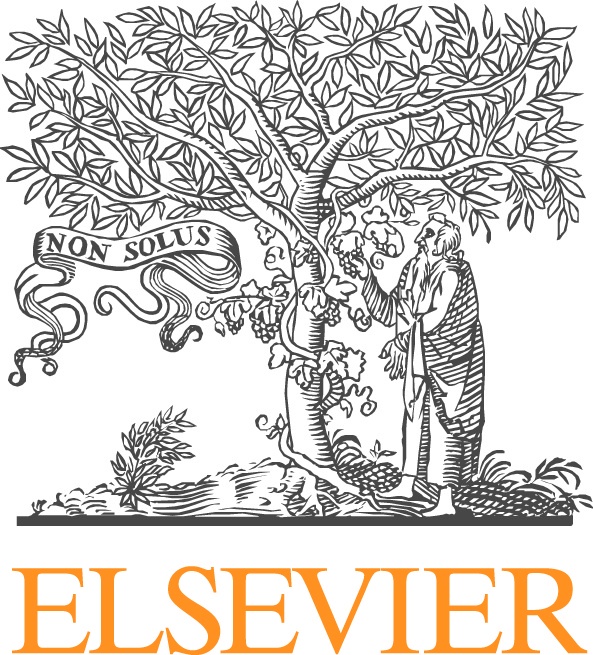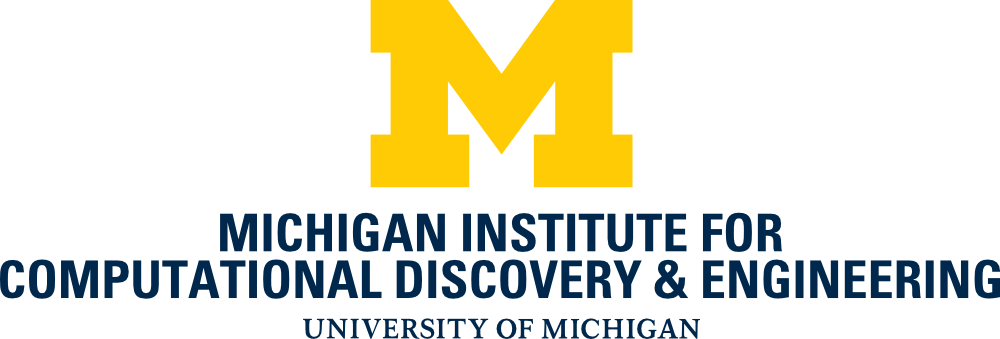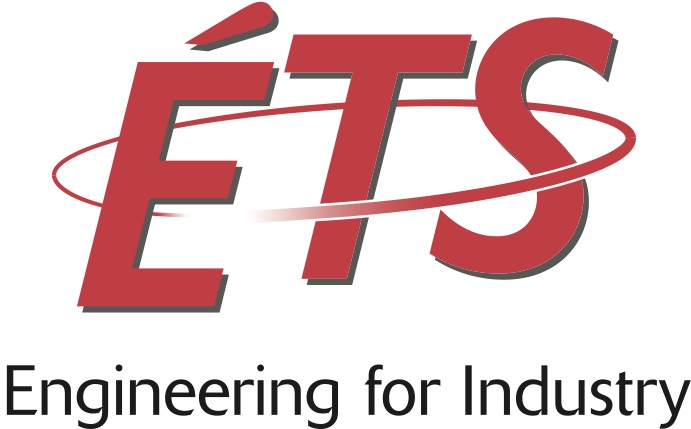Meshfree and Particle Methods: New Developments and Applications
Michael Hillman, Pennsylvania State University
Jiun-Shyan (J. S.) Chen, University of California, San Diego
Zhen Chen, University of Missouri, Columbia
Sheng-Wei Chi, University of Illinois, Chicago
Meshfree and particle methods have emerged as a new class of numerical methods for solving partial differential equations (PDEs) using a point-based approximation and discretization. These methods utilize approximations constructed based on scattered points directly in the physical domain without fixed mesh connectivity. This in turn releases the strong tie between the quality of the discretization and the accuracy of the numerical solution. In addition, the approximations employed allow controllable orders of continuity and completeness, independent from one another. These unique properties offer versatility in constructing approximation functions such that rough or smooth characteristics in physical problems can be captured. It also allows the development of paradigms in solving PDEs without being restricted to Galerkin-type procedures. Combining these unique features, meshfree and particle methods have opened a door to solutions of problems that are difficult or impossible to be solved by using conventional mesh-based methods.
Topics of interest for this minisymposium include, but are not limited to the following:
• Recent advances in meshfree and particle methods, material point methods, smoothed particle hydrodynamics, and peridynamics
• Recent advances in domain integration for the Galerkin formulation
• Strong form collocation methods
• Rank stability, kernel stability, and other stability issues associated with nodally integrated Galerkin meshfree methods
• Recent advances in handling rough solutions in the form of stationary and transient strong and weak discontinuities
• Recent advances in formulations for extreme material distortion, fragmentation, contact and impact, and material instability
• Identification of classes of problems for which meshfree methods are superior than conventional mesh-based methods
• Simulation of multi-phase (solid, fluid and gas) interactions involving failure evolution
• Simulation of structural responses to extreme loading conditions such as blast, impact, and penetration
• Simulation of multi-physics phenomena (diffusion, steady state and transient state)
• Simulation of manufacturing processes
• Parallel-computing and large-scale simulations
• Multi-scale simulation of geo-materials, polymer matrix composites, alloys, and ceramics
• Bio and nano mechanics and material system responses







